Managing Customer Support Documentation Using AI Tools
Automate your customer support and manage your support documentation more effectively using AI tools like custom chatbots.
 In today’s competitive business landscape, providing exceptional customer support is no longer an option, it’s a necessity.
In today’s competitive business landscape, providing exceptional customer support is no longer an option, it’s a necessity.
Customers have become more discerning and demanding, expecting prompt and personalized assistance at their convenience.
A positive customer support experience will not only lead to greater customer satisfaction but also contribute to customer loyalty, brand reputation, and ultimately, the growth of your business.
On the other hand, poor customer support can result in customer churn, negative word-of-mouth, and potential revenue loss.
Providing exceptional customer support, however, requires effective customer support documentation management.
In this lesson, we look at the importance of managing customer support documentation, the challenges faced by traditional customer support methods, and the benefits of leveraging custom chatbots for superior customer support and more effective documentation management.
***
Importance Of Managing Customer Support Documentation
Managing customer support documentation effectively in your business is crucial to ensure smooth, reliable, and efficient customer service operations.
The primary goal of your customer support documentation is to provide customers and support teams with accurate, relevant, and up-to-date information that can help to resolve product or service-related issues quickly.
This documentation requires effective management to maintain a high level of customer satisfaction, streamline support operations, and minimize overall support costs.
Customer Support Documentation Types
Customer support documentation types that your business may need to manage effectively in order to provide exceptional customer support include:
1. Knowledge Base Articles: These include support articles, how-to guides, FAQs, and troubleshooting tips for product issues. These resources are essential for assisting customers in finding quick solutions to their problems, without needing to contact your support team directly.
2. Support Ticket Notes: Customer inquiry records and support ticket notes help support agents track the progress of issue resolutions, maintain consistency in the service provided, and ensure smooth hand-offs between agents.
3. Standard Operating Procedures (SOPs): SOPs outline specific processes and best practices for your support team to follow when addressing customer inquiries. They help maintain quality assurance and consistency in service.
4. Training Manuals: Training resources are essential for onboarding new members to your support team and keeping current team members updated on product developments, support tools, and best practices.
5. Internal Wikis and Forums: These platforms facilitate knowledge-sharing among support team members and foster a collaborative learning environment.
Managing this documentation effectively, however, is not the only challenge your business will face in the area of providing customer support.
Challenges Of Providing Customer Support
Traditional customer support methods often struggle to meet the evolving needs and expectations of customers.
Some of the more common challenges include:
1. Limited availability: Traditional support channels, such as phone calls or emails, may have limited operating hours, leaving customers frustrated when they need assistance outside those hours.
2. High response time: Due to manual handling and dependency on human agents, response times can be lengthy, causing customer dissatisfaction and impatience.
3. Inconsistency in support quality: Human agents may vary in their level of knowledge, experience, and ability to provide accurate and consistent information, leading to inconsistent customer experiences.
4. Scalability limitations: As your business grows and your customers’ demands increase, traditional support methods can struggle to scale efficiently, resulting in long wait times and overwhelmed support teams.
Thankfully, the explosion of new Artificial Intelligence tools like custom chatbots can greatly assist your business to improve its customer support.
Leveraging Custom Chatbots for Enhanced Customer Support
More businesses today are turning to custom chatbots as a transformative solution to address their customer support challenges.
What Are Custom Chatbots?
Chatbots are computer programs designed to simulate human conversations and provide automated assistance to users.
Custom chatbots are specifically tailored to the unique needs of a business, ensuring a personalized and seamless support experience.
Many custom chatbots are also conversational. A conversational chatbot is a computer program that simulates and engages in conversations with users in order to answer their questions or perform certain tasks.
Custom chatbots can be found everywhere today.

You have probably come across them when visiting retail websites…

Financial sites…

Insurance companies…
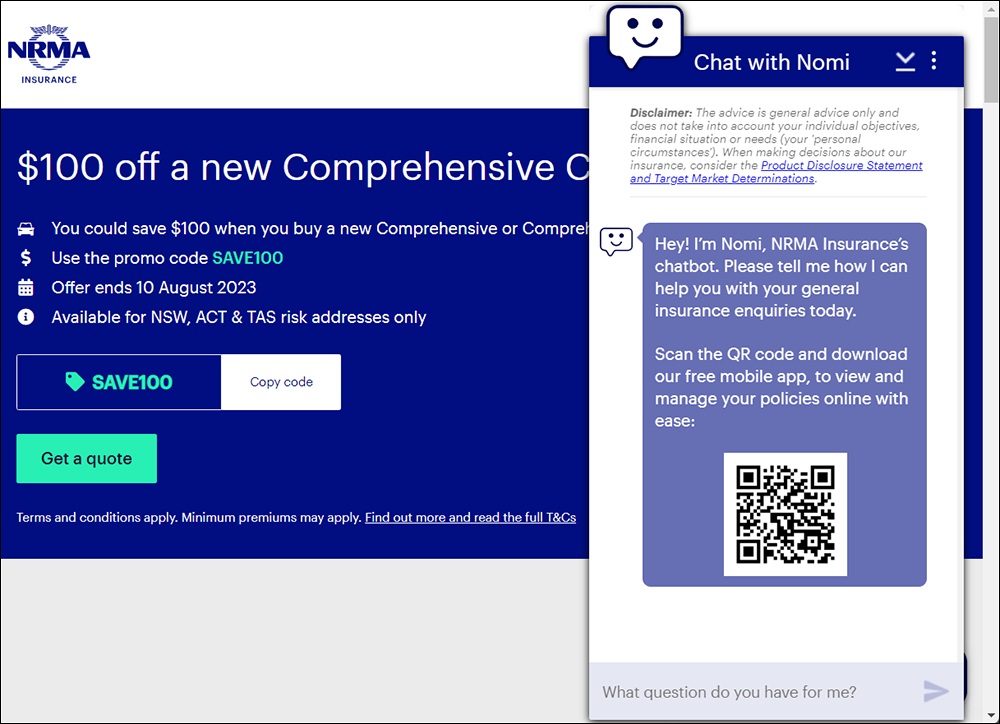
And even Government agencies…

Chatbots, in fact, are now being used across all kinds of businesses and in types of industries.
Automating Customer Support Using Custom Chatbots
Custom chatbots help to automate your customer support in many different ways:
Centralized Knowledge Base And Self-Service Options
Custom chatbots can significantly streamline your documentation management by leveraging a centralized knowledge base and self-service options.
Your knowledge base serves as a repository of information, containing FAQs, product manuals, troubleshooting guides, and other relevant documentation. By integrating a custom chatbot with your knowledge base, your customers can access information and find answers to their questions directly through the chatbot interface.
When customers engage with your chatbot, it can intelligently search the knowledge base and provide accurate and up-to-date information in real time. This reduces the reliance on human agents and empowers your customers to resolve their queries independently, at their own convenience.
Self-service options offered by custom chatbots not only enhance customer satisfaction but also alleviate the burden on support teams, allowing them to focus on more complex or specialized customer issues.
Seamless Integration With Existing Systems And Processes
One of the key advantages of using custom chatbots is their ability to seamlessly integrate with your existing systems and processes.
Documentation management often involves multiple systems and platforms, such as content management systems, ticketing systems, and customer relationship management (CRM) tools. Custom chatbots can be integrated with these systems, ensuring a unified and cohesive customer support ecosystem.
Integration enables the chatbot to retrieve relevant information from different sources and present it to customers seamlessly.
For instance, if a customer raises a specific issue, the chatbot can access relevant documentation from the knowledge base, pull customer data from the CRM, and even create support tickets in the ticketing system, all within the chatbot interface. This integration streamlines the documentation management process, eliminates the need for manual data entry, and provides a consistent and efficient support experience.
Intelligent Search And Retrieval Capabilities
Custom chatbots leverage intelligent search and retrieval capabilities to enhance your documentation management. These capabilities enable chatbots to understand customer queries and retrieve the most relevant information from your knowledge base or other sources. Through natural language processing and machine learning algorithms, chatbots can analyze customer input, identify keywords, and provide accurate responses.
Intelligent search and retrieval empower customers to ask questions in their own words, rather than navigating through complex menus or search functions. Chatbots can interpret and understand the intent behind customer queries, even if they are phrased differently or contain typos or grammatical errors. By quickly delivering precise information, chatbots reduce the time and effort required for customers to find the documentation they need, resulting in improved customer satisfaction and a more efficient support process.
Automation Of Documentation Updates And Maintenance
Keeping your documentation up to date can be a tedious and time-consuming task. Custom chatbots offer automation capabilities that streamline the process of updating and maintaining documentation. When updates or changes occur in products, services, or policies, the chatbot can be programmed to automatically reflect those changes in your knowledge base.
Through integration with content management systems, chatbots can retrieve the latest versions of your documentation and ensure that customers receive accurate and current information. This automation eliminates the need for manual updates and reduces the risk of outdated or inconsistent documentation. By maintaining a reliable and updated knowledge base, your business can deliver accurate support information to customers, reducing confusion and enhancing the overall customer experience.
Custom Chatbots: Key Benefits
Custom chatbots have emerged as a powerful tool for transforming customer support, providing benefits like:
1. Improved Accuracy and Consistency: AI-driven tools can automatically update documentation based on changes made to product offerings or support policies, ensuring consistency and accuracy across all resources.
2. Time and Cost Efficiency: By automating processes such as content creation, organization, and indexing, AI tools can significantly reduce the time and costs associated with manual documentation management.
3. Personalization: AI can analyze customer data and past interactions to tailor documentation to specific customer needs, helping to provide a more personalized and effective customer experience.
4. Enhanced Discoverability: AI-driven search engines and chatbots can better understand customer queries and help them quickly find the information they need in the support documentation.
5. Real-time Analysis and Updates: With AI, your business can monitor customer interactions and feedback in real-time, allowing you to quickly identify documentation gaps, outdated information, or areas in need of improvement.
6. Scalability: By automating documentation processes, your business can easily scale its support operations according to demand fluctuations without sacrificing quality or consistency.
Custom Chatbots vs Traditional Customer Support
Custom chatbots also offer several advantages over using traditional methods:
1. Improved response time and availability
Chatbots can provide instant and round-the-clock support, eliminating the need for customers to wait on hold for human agents or an email response. With 24/7 availability, chatbots can respond promptly to customer queries regardless of time zones or holidays, ensuring a faster and more efficient support experience.
2. Personalized and interactive customer interactions
Through natural language processing and machine learning algorithms, custom chatbots can understand and respond to customer inquiries in a conversational manner.
By analyzing the context and intent behind customer messages, chatbots can deliver tailored responses and recommendations, access customer data, purchase history, and preferences to offer personalized product suggestions or troubleshoot specific issues, guide customers through complex processes, step-by-step, and provide the necessary support and information to not only resolve customer queries efficiently but also leave them feeling valued and heard, thus enhancing the overall customer experience.
3. Scalability and cost-efficiency
Unlike human agents, chatbots can handle multiple customer interactions simultaneously without compromising on quality. Unlike human agents, chatbots do not experience fatigue, allowing them to maintain consistent performance even during peak times. This scalability enables your business to handle increasing customer volumes without the need to hire and train additional support staff.
Additionally, chatbots can help reduce operational costs by automating repetitive and routine tasks, allowing human agents to focus on more complex issues.
4. Enhanced customer satisfaction and loyalty
The ultimate goal of any customer support strategy is to enhance customer satisfaction and foster long-term loyalty. By providing instant and accurate responses, custom chatbots contribute to improved customer satisfaction.
Consistency in support quality is another advantage of chatbots. Unlike human agents who may have varying levels of expertise or encounter bad days, chatbots consistently provide accurate and reliable information.
Furthermore, chatbots contribute to improved customer loyalty by offering personalized experiences. By leveraging customer data and historical interactions, chatbots can make tailored recommendations, offer relevant promotions, or remember previous conversations. These personalized interactions create a sense of being understood and valued, deepen the customer’s emotional connection with your brand, and lead to increased customer loyalty and advocacy.
Custom Chatbots – Examples Of Use
Below are just some of the practical ways and real-world scenarios that highlight the tangible benefits of implementing custom chatbots to improve business results:
Increase Customer Satisfaction Through Intelligent Chatbot Support
If you are an eCommerce retailer, you can implement a custom chatbot-powered live chat solution designed with advanced natural language processing capabilities and a deep understanding of your company’s products and services to enhance your customer support and drive customer satisfaction.
By leveraging the chatbot’s intelligence, your customers will be able to interact with your live chat tool in a conversational manner, asking questions and seeking assistance. Your chatbot will provide real-time responses, address common inquiries such as product information, order status, and return policies, and offer personalized recommendations based on customer preferences and previous purchase history.
Implementing a live chat tool powered by a chatbot with AI capabilities can also result in a significant improvement in response time and availability.
Your customers no longer have to wait in long queues or navigate through complex IVR systems. Instead, they can receive instant assistance and have their issues resolved efficiently, leading to a boost in customer satisfaction levels, positive feedback, and an increase in customer retention.

Moreover, the chatbot’s ability to handle multiple interactions simultaneously would prove invaluable during peak shopping seasons. The scalability of the chatbot can ensure that customer inquiries are promptly addressed, reducing wait times and enhancing the overall customer experience.
Additionally, by seamlessly integrating the chatbot with your company’s existing systems, including the order management and CRM platforms, you can provide a unified support experience across all areas of the business.
Optimize Documentation Management With Chatbot-Powered Solutions
Suppose you are a software development firm. Your business most likely has a vast knowledge base of technical documentation, including APIs, user manuals, and troubleshooting guides.
You can implement a chatbot-powered solution to streamline your documentation management processes and address challenges in ensuring easy access and accuracy of the information being presented to your customers.

By integrating a chatbot with intelligent search and retrieval capabilities into your existing content management system, your customers can engage with the chatbot and ask technical questions or seek guidance. The chatbot will understand their queries and quickly retrieve relevant information from your knowledge base, presenting it to your customers in a user-friendly manner.
This implementation can result in significant improvements in the efficiency of your documentation management. Customers can find the information they needed independently with ease, reducing the need to contact support or browse through lengthy manuals, leading to faster issue resolution and reduced dependency on support teams.
The chatbot’s intelligent search capabilities would allow your customers to ask questions naturally, without having to navigate through complex menus or keyword-based searches, and ensure they receive reliable and up-to-date information, further enhancing the quality of the support you provide.
This automation can also play a crucial role in maintaining your documentation up-to-date. Whenever there are updates or changes in software features or APIs, the chatbot can automatically update the knowledge base, ensuring that customers receive accurate and current information. This will reduce the manual effort required for documentation updates and minimize the risk of outdated or conflicting information.
Finding the Right Chatbot Type For Your Business
Depending on the application and functionality you have in mind, you may need to research the right type of chatbot for your business.
Here are some of the different types of chatbots you can choose from and their key features and characteristics:
Menu/Button-Based Chatbots
- Basic chatbots with decision tree hierarchies are presented as buttons.
- Suitable for answering FAQs but not ideal for complex scenarios.
- May be slower in delivering the desired value to users.
Linguistic Based (Rule-Based) Chatbots
- Create conversational automation flows using if/then logic.
- Requires defining language conditions and permutations for each question.
- Offers quick assistance when conditions match, but development can be time-consuming.
Keyword Recognition-Based Chatbots
- Listens to user input and responds based on customizable keywords and NLP.
- Performs well when questions are not too similar but struggle with redundancies.
- Hybrid models combine keyword recognition and menu/button-based features for better results.
Machine Learning Chatbots
- Utilizes ML and AI to remember conversations and learn from users over time.
- Contextually aware and can improve based on user interactions.
- Provides an enhanced user experience and streamlines processes through conversation context.
Hybrid Model
- Offers the simplicity of rule-based chatbots combined with the complexity of AI bots.
- Ideal for businesses seeking sophistication without extensive data or AI capabilities.
Voice Bots
- Voice-based chatbots gaining popularity for their convenience and frictionless experience.
- Users can interact through speech instead of typing.
Choosing The Right Chatbot
- Consider the value your users seek and if a conversational context is crucial.
- Evaluate user preferences and UX expectations.
- Test extensively before implementing to ensure the best fit for your users.
- The ideal chatbot aligns with your value proposition, whether it requires AI capabilities or simple menu buttons.
Customer Support Documentation – FAQs
Here are frequently asked questions about customer support documentation:
What is customer support documentation?
Customer support documentation includes all the written guides, FAQs, and help articles that provide assistance to customers about a product or service. It is designed to enable customers to solve problems independently or understand products better.
Why is it important to maintain up-to-date customer support documentation?
Keeping documentation current ensures that customers receive the most accurate and relevant information. This reduces confusion, prevents outdated practices, and improves customer satisfaction by helping them resolve issues more quickly.
What should be included in effective customer support documentation?
Effective documentation should include troubleshooting guides, how-to articles, FAQ sections, user manuals, and policy information. It should be clear, concise, and easy to navigate.
How often should customer support documentation be updated?
Documentation should be reviewed and updated regularly, ideally aligned with product updates or when new customer issues frequently arise. This could be quarterly, semi-annually, or annually based on the company’s product lifecycle.
What tools can be used to manage customer support documentation?
Tools such as content management systems (CMS), documentation platforms like Zendesk, Confluence, or proprietary software tailored to customer support needs are effective for creating, maintaining, and distributing support content.
How can customer feedback be incorporated into improving documentation?
Customer feedback can be gathered via surveys, direct feedback on documentation pages (like “Was this page helpful?” prompts), and customer support interactions. Analyzing this feedback helps identify gaps in content and areas needing clarification or expansion.
What role does search engine optimization (SEO) play in customer support documentation?
SEO helps ensure that the support documentation is easy to find both through external search engines and internal search features. Incorporating relevant keywords and structuring content for readability and accessibility can drastically improve the visibility of support documents.
Who should be involved in creating and maintaining support documentation?
A dedicated team including technical writers, product specialists, customer support representatives, and SEO experts should collaborate to create comprehensive, accurate, and user-friendly documentation.
What are AI chatbots and how do they support customer documentation?
AI chatbots are software applications equipped with artificial intelligence to understand and respond to user queries automatically. They can support customer documentation by providing real-time assistance and dynamically accessing relevant FAQs and knowledge bases to answer queries.
What benefits do AI chatbots offer in managing customer support documentation?
AI chatbots improve customer service by offering instant responses, reducing wait times, and providing 24/7 support. They also help in personalizing customer interactions and can scale to handle large volumes of queries without additional costs.
How do AI chatbots utilize existing documentation to answer customer questions?
Chatbots use natural language processing (NLP) to understand and process user questions, then match these queries to the most relevant information in the existing documentation, such as FAQs and user manuals, to provide appropriate responses.
What are the challenges in integrating AI chatbots with customer support documentation?
Challenges include ensuring the chatbot understands various user intents, maintaining the accuracy of responses, integrating with existing databases, and continual learning to update its knowledge base with new information.
How can AI chatbots be optimized to improve documentation searchability?
Implementing AI-driven FAQ software can enhance the searchability of documentation by improving how chatbots understand and process natural language queries, thereby boosting user confidence and satisfaction through more accurate search results.
What future trends are expected in using AI chatbots for customer support documentation?
Future trends include the development of more sophisticated AI capabilities such as deeper natural language understanding and predictive analytics, which will enable chatbots to anticipate user needs and provide more proactive support.
Summary
Managing customer support documentation is crucial for maintaining customer satisfaction, reducing costs, and delivering reliable support.
Custom chatbots, powered by AI, offer significant advantages in this area. They enhance documentation management by providing centralized knowledge bases, self-service options, and seamless integration with existing systems. Chatbots improve response time and availability, offer personalized interactions, and foster customer loyalty. They also ensure scalability and cost-efficiency, allowing businesses to handle increasing customer volumes without compromising quality or incurring high expenses.
In addition to documentation management, chatbots bring benefits to customer support operations. They alleviate the burden on support teams by automating routine tasks and handling simpler inquiries, freeing up human resources to focus on complex issues. Chatbots contribute to operational efficiency and cost savings while meeting customers’ expectations for efficient and personalized support experiences.
As chatbot technology evolves, advancements in natural language processing, context awareness, emotional intelligence, and integration with emerging technologies like machine learning and voice recognition will enable more human-like interactions and personalized support.
By leveraging data analytics, chatbots can gain insights into customer preferences and behaviors, allowing businesses to offer proactive support and further personalize interactions.
To thrive in the digital era, embracing chatbot technology is essential. Custom chatbots empower businesses to revolutionize their support operations, streamline documentation processes, and deliver exceptional customer experiences.
As chatbot capabilities continue to evolve, businesses will have even more powerful tools at their disposal to engage with customers and meet their evolving expectations.
Chatbots are no longer just an option; they have become a necessity for businesses seeking to excel in the digital landscape.
Learn more about custom chatbots here: Custom Chatbots
References
Image generated using Photoshop.
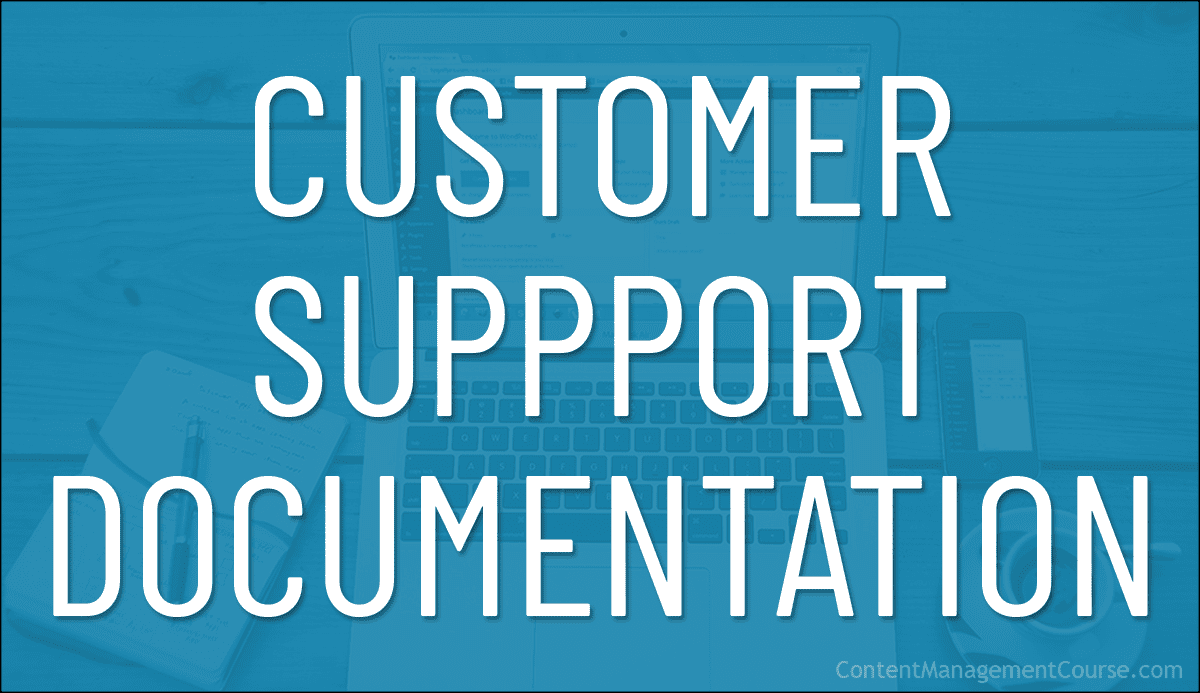
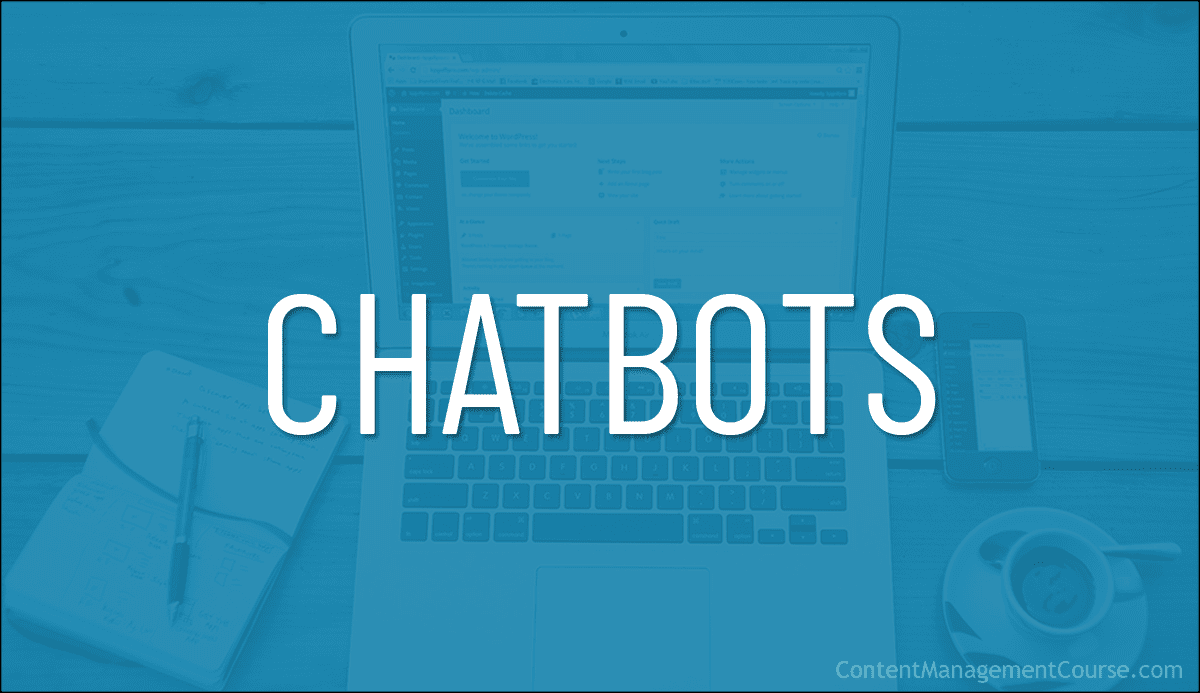
 Are your customers spending a huge amount of time searching through your documentation for answers? Do you wish you could automate your customer support and free up valuable time for your team?
Are your customers spending a huge amount of time searching through your documentation for answers? Do you wish you could automate your customer support and free up valuable time for your team?
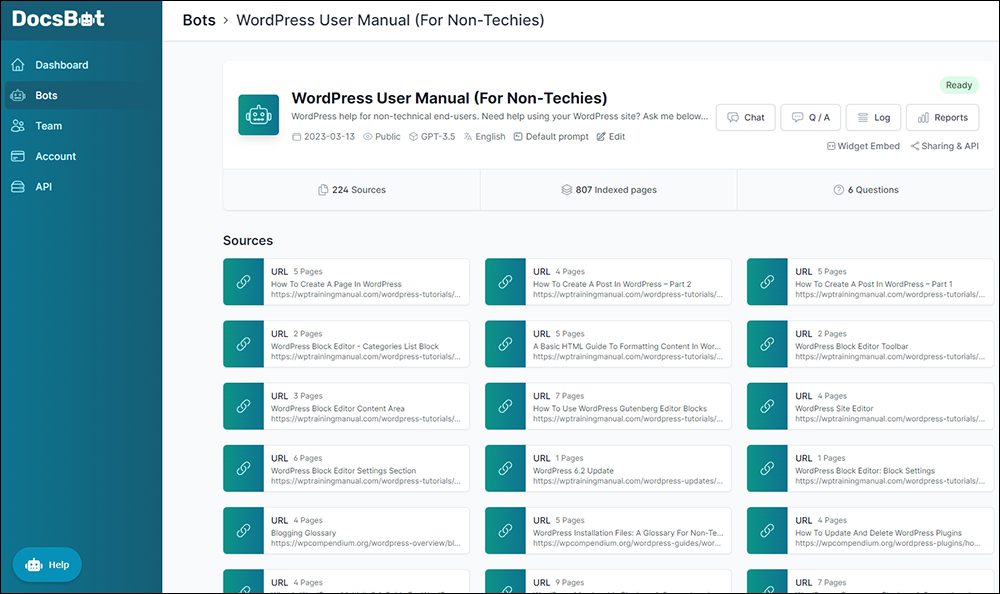



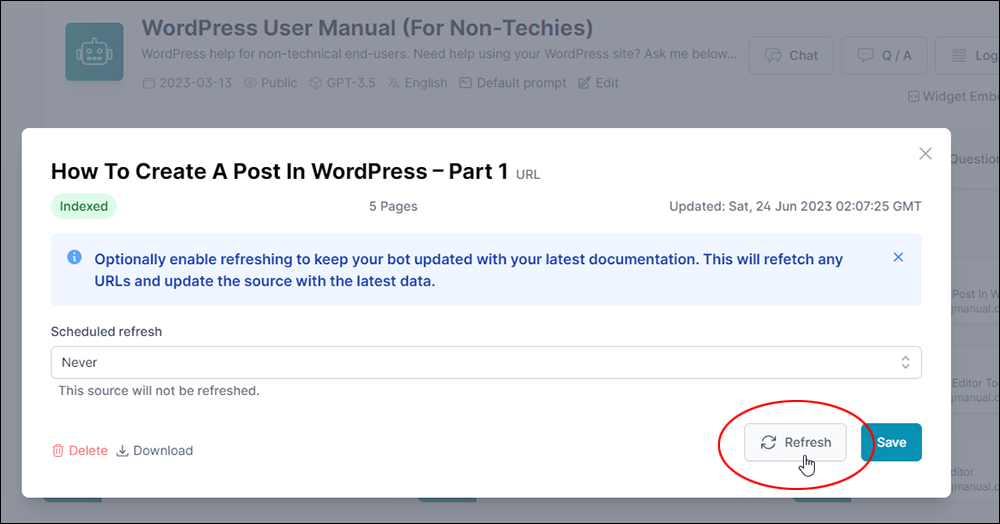





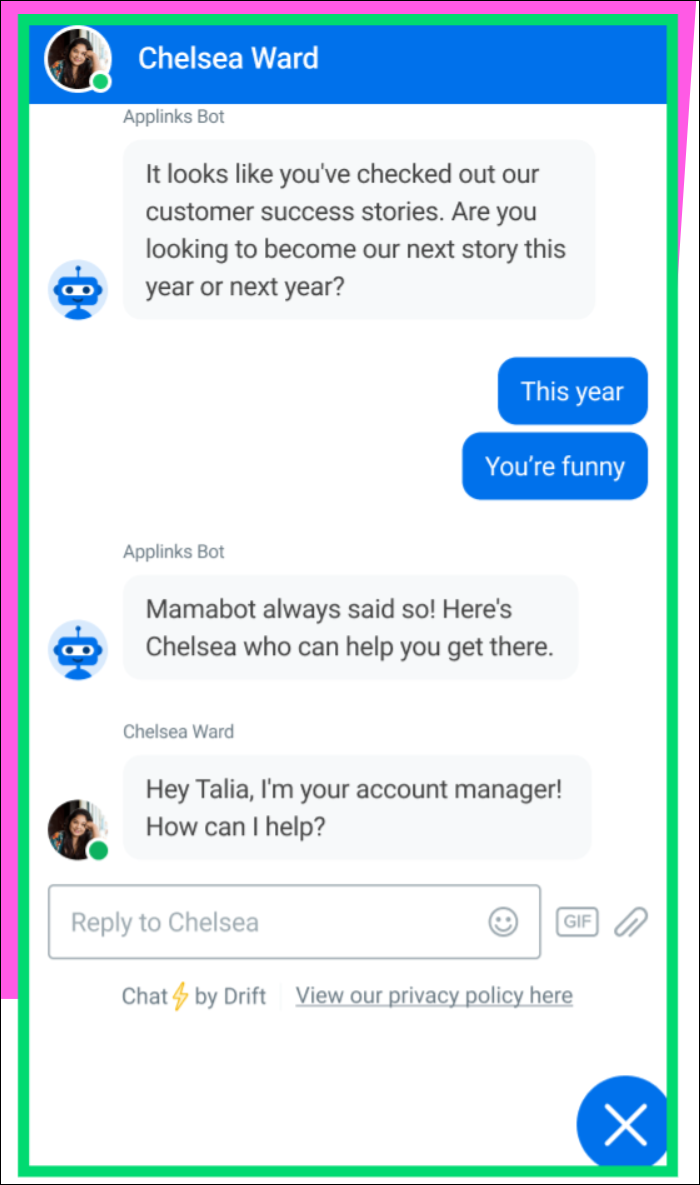


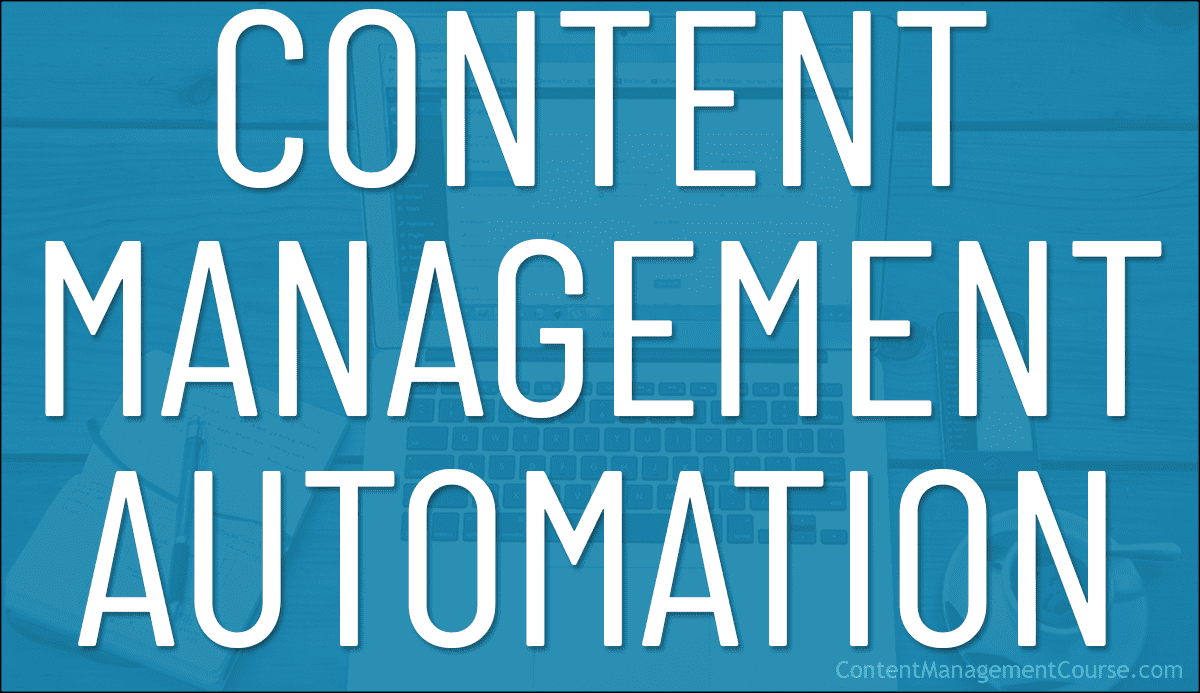




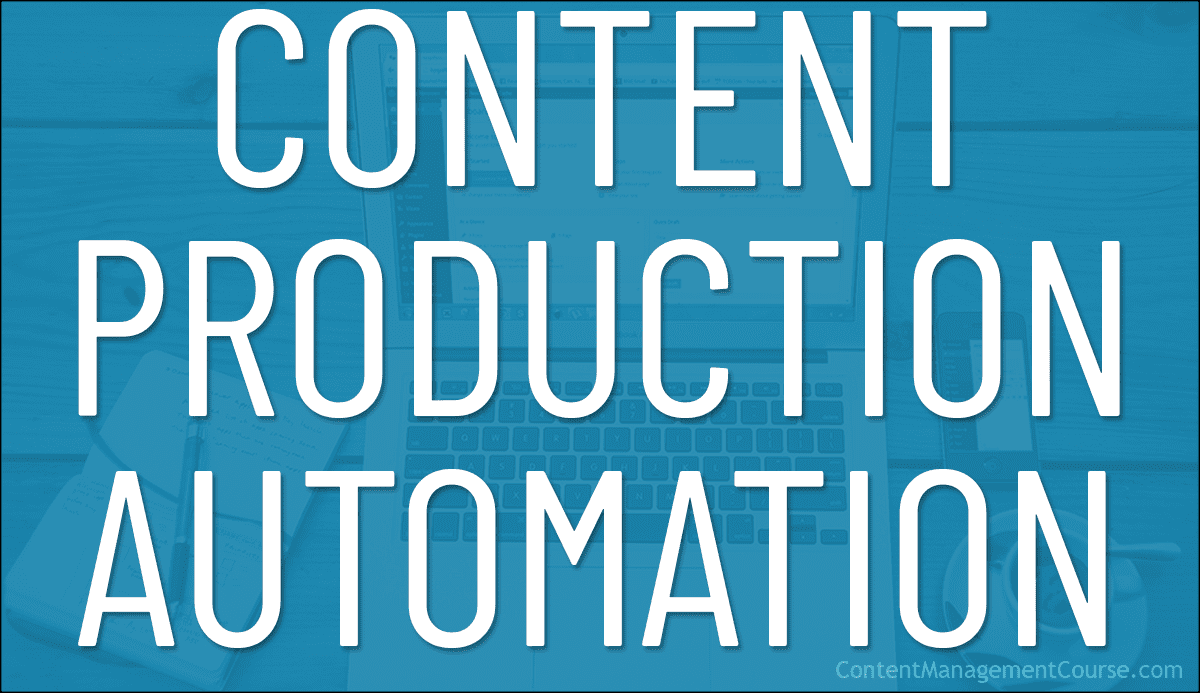


 Content planning
Content planning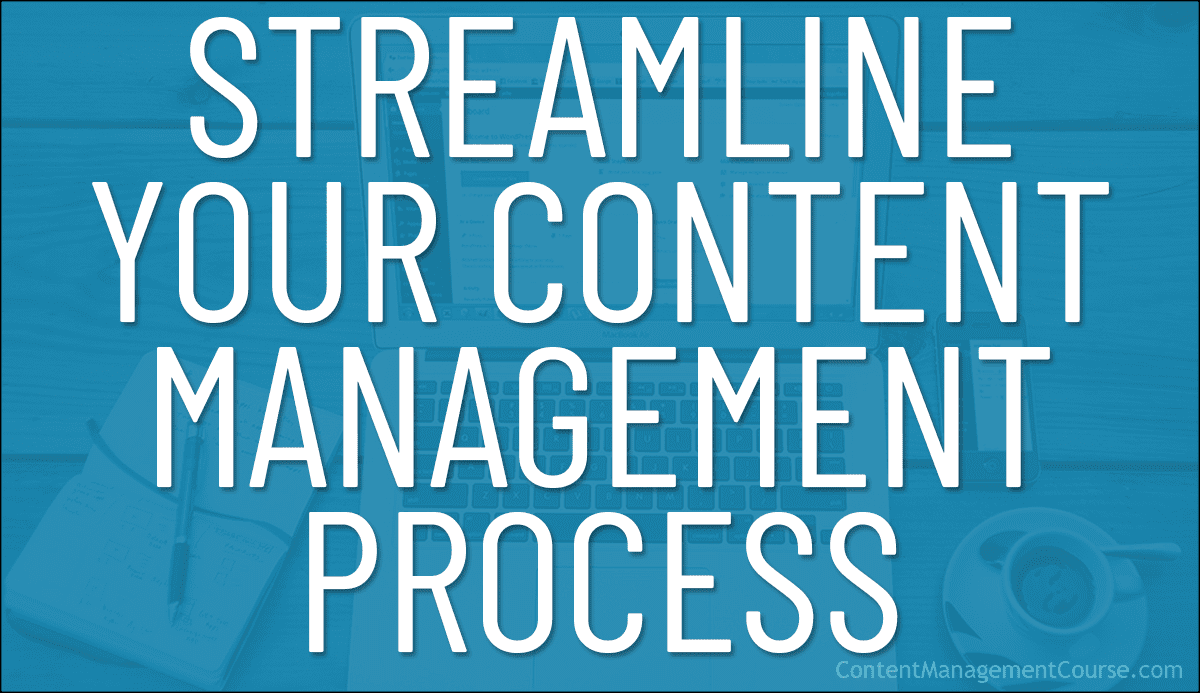
 Content management is a crucial aspect of running a successful business or organization. It involves creating, organizing, and distributing content across various channels and platforms.
Content management is a crucial aspect of running a successful business or organization. It involves creating, organizing, and distributing content across various channels and platforms.